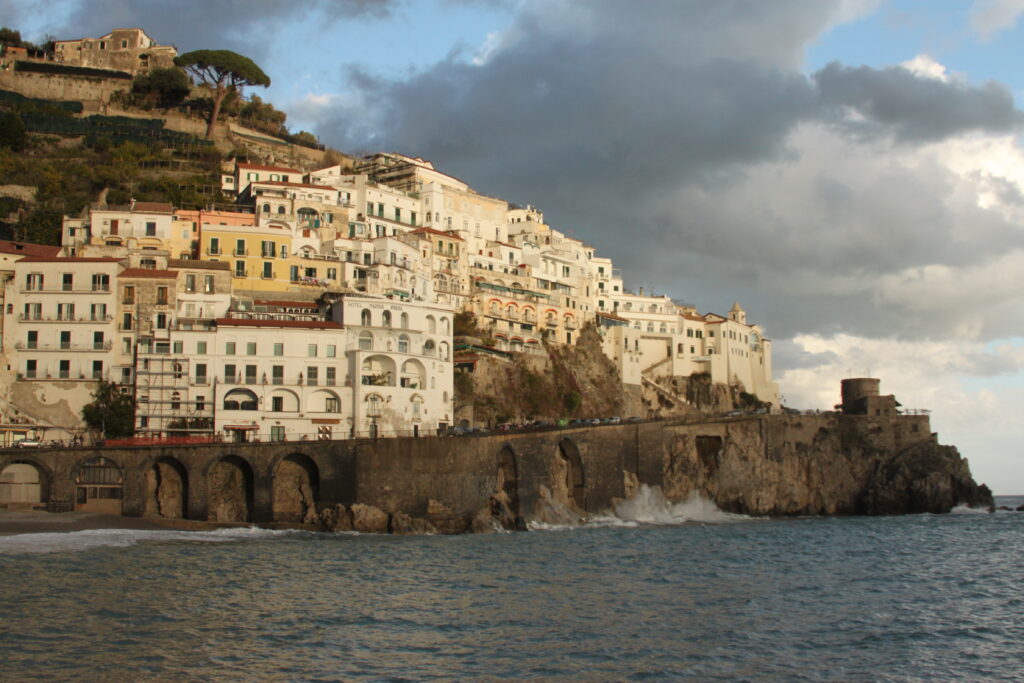Jesus told a parable which makes little sense if you live in Australia, Europe or America (or most of Asia for that matter.)
It concerns an idiot and another man with far more common sense. The former built his house on sandy ground and the latter constructed his upon a foundation of rock.
In a school that I worked in most recently, most of the buildings were on rock – and they cost a fortune to excavate. In Australia, most people prefer earth and clay to build on as it’s a good deal cheaper to put in their concrete foundation, (known as the footings) and houses built in this way are quite secure.
When I was a child and first heard this parable and heard a simple children’s song associated with it, I pictured our local beach where I had spent many a holiday with a house on it and the waves crashing down. I knew then of course that the tide came in and no one with any sense would expose their building to the ocean.
What I had no knowledge of was the land of Palestine where Jesus grew up. Later as an Ancient History teacher, I came to realise that Jesus’ land was far different from mine (and much more similar to nearby Egypt for that matter.) Here was a place where one quarter of the precipitation came from the overnight dew. In other words, it would be a land of desert except for the rivers that flowed through (creating the ‘land of milk and honey’.)
Palestine for the most part is a land of rock and crumbled rock – what we call the desert sand. In this situation, people build houses wherever it pleases them and the foundations might not be deep or even a major consideration, particularly if it is a small cottage with only a small number of rooms.
As a teacher I have studied and taught about some of these earliest houses in Egypt. In Deir el Medina (where the craftsmen who built and fitted out the Pharaohs’ tombs lived) there is an excellent archaeological example of what Jesus spoke about. Many of these buildings had no more than four small rooms and my lounge room could easily have fitted one or 2 of the dwellings found there. The houses were built with common walls and most importantly, they were built on a sandy location. The floor was lower than surrounding land; the foundations of the walls were stone but the rest was mud brick, baked by the sun. Cooking and cleaning was primitive by our standards.
To the untrained eye, in this location there is little to pick between rocky-sand and sandy-rock. And in Deir-el-Medina there was nowhere else to build. (The Pharaoh’s tombs were carved into rock face which took up to 20 painstaking years to hollow out.) The reality was that here was a desert landscape and rain was not expected. Their water needs were supplied by the river.
If you have travelled to Pompeii in Italy, by comparison, the houses are far grander. They are of timber, brick and stone and have tiles for flooring, internal courtyards and even pleasant gardens in the grander ones.
But these were not the houses that Jesus was familiar with. He speaks to a Galilean audience who knew the tiny villages of mud-brick more similar to Egypt and not the grander houses associated with Rome or even of the Greeks.
Jesus tells his listeners something they know well: that you can build a mud brick house in a poor location and survive for quite a few years before you see a decent fall of rain. For quite a time there is no difference between these two builders in His story: the idiot is not revealed until years have gone by and the disaster comes. His point is a basic one to those who listened as he spoke, perhaps standing near some of these houses. Choose wisely whom you follow and what you believe. The difference may not be clear now but on the day of eternal judgement, those who have chosen wisely to build their life in Christ will be revealed for all to see.
I wrote this song for my school and my tutor group chapel band (the same school which was, ironically, quite unwisely built on rock which was prohibitively expensive.) I wanted them to sing enthusiastically about Jesus and then consider why He told this strange story about a building’s foundations. My hope was that my students would come to understand the long- term view, that a life can be built on Jesus and that although no major catastrophe might occur now, over a long period of time, the wisdom of a secure foundation in Jesus will become apparent when the tempests of this life arrive – whether that is sooner or later.
